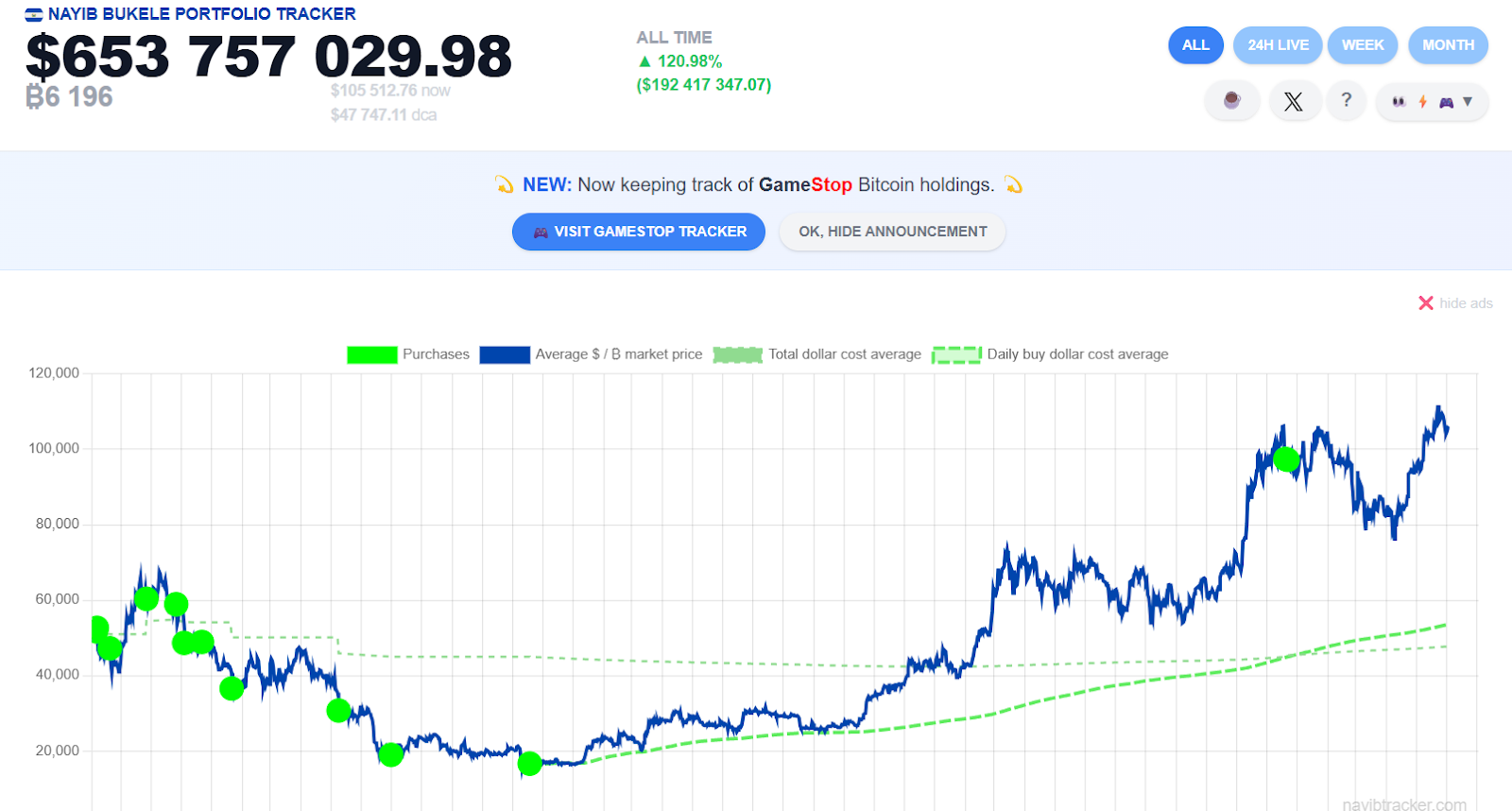Whilst many nations are flirting with crypto’s promise of economic diversification, the International Monetary Fund casts a rather wary eye. The IMF is indeed setting off alarms, dismissing the notion of digital gold rushes. With the rise in crypto acceptance, the financial watchdog urges governments to tread cautiously, pointing out that the economics, energy-draining in nature, and legal quicksand could potentially get unprepared economies swallowed.
Pakistan’s Bitcoin Ambitions and IMF Concerns
The nation bets on Bitcoin, not the precious metals. The show-stopper of Bitcoin Vegas 2025 was the announcement of Pakistan’s official strategic Bitcoin reserve. They are not just testing a toe; this is their full-on plunge. Pakistan certainly sees Bitcoin as a long-term game, integrating digital assets into the very economic structure. But the kicker? They want to set up Bitcoin mining using moonlight power from the excess supply that would otherwise be wasted energy. Pakistan is crafting a whole new economic future with Bitcoin rather than just accepting Bitcoin.
First came the PDAA, then the National Crypto Council, created in early 2025 to supervise the emerging digital asset sector. In an unexpected move, Changpeng Zhao from Binance took an advisory role to assist in building crypto regulation and blockchain infrastructure. This is a landmark moment as Pakistan attempts to find its way in digital finance.
Pakistan’s crypto climb hits a snag. While embracing digital currencies, the nation faces scrutiny from the IMF. Whispers of Bitcoin mining fueling power outages are raising red flags. The IMF is demanding answers: Can Pakistan power its crypto dreams without plunging its grid into darkness? The Finance Ministry is now under pressure to illuminate a path forward, balancing digital innovation with energy realities.
IMF Proposals on Energy Taxes and Environmental Impact
Imagine a world where having a Bitcoin habit was a force for saving the Earth. That’s the tantalizing prospect offered by IMF economists Shafik Hebous and Nate Vernon-Lin. Their radical suggestion proposes a steep energy tax on crypto mining and AI data centers, carbon guzzling giants of that digital era.
We’ve seen an 85% spike in electricity costs for the global industry of crypto miners. Ouch! But wait, this ought not to be any disincentive for progress. Just think about that kind of money: $5.2 billion annually to disburse toward green projects.
The environmental argument is even more fascinating: a 100 million metric ton reduction in carbon emissions. To put that into perspective, think of the entire carbon footprint of Belgium being wiped out. Does this mean that the tax on the digital realm is the recipe for saving the environment? The IMF certainly seems to think so.
Imagine powering the entire nation of Japan; now imagine this being done by computers-that is the very near looming reality of crypto mining and data centers. The IMF warns that these digital giants already consumed 2% of the world’s electricity in 2022 and were headed for 3.5% by 2027. This increase, in fact, does not just constrain the upgrading of power grids. It discharges some 450 million tons of carbon each year, chaining the planet with 1.2% of worlds emissions. The digital revolution, it seems, wants to be paid highly electrically.
Adopting measures which go in favor of green mining, the IMF proposes a twofold approach: smart electricity taxes and the green approach. Targeted electricity taxes are levied, and data centers are offered a slight relief when utilizing greener energy sources. The funds collected from this in return could be used for promoting energy-efficient mining equipment and encouraging the adoption of less power-intensive mining techniques. The IMF also supports issuing credits for renewable energy certificates to reward those who practice clean power.
Under the guise of tax breaks and incentives, crypto miners and other data centers are slowly bleeding value away from the community while creating an environmentally detrimental trail and burdened power grids along the way. The IMF speaks against this practice: these “special tax regimes” obfuscate the actual cost of crypto so that it is unclear whether they are beneficial to anyone or not. The danger lies in a worldwide race to the bottom-as miners seek out the cheapest energy, leaving countries to pay for it. Coordination at the international level is imperative to put an end to this unsustainable exodus.
Lessons from El Salvador’s Bitcoin Policy and IMF Conditions
With the installation of Bitcoin as a legal tender, El Salvador blazed a trail on the road less travelled. From there, President Nayib Bukele’s crypto gamble has been running counter to a backdrop of an IMF agreement aimed at dampening his Bitcoin enthusiasm. Bukele seems to be ignoring the advice given to him by the IMF against buying any further Bitcoins and at least against the government being in any way involved, appearing to go against what may spell the financial ruin or at least transformation of El Salvador with much more Bitcoin purchases being made.

Source: NAYIB BUKELE PORTFOLIO TRACKER
The nation’s Bitcoin stash now expanded in El Salvador. Defying IMF warnings, the country acquired another 30 Bitcoins within the past month. In effect, the golden goose is now holding 6,196+ Bitcoins- over $650 million in worth. The government intends to send this message loud and clear: The Bitcoin experiment is far from being over.
The IMF has, as it were, just handed El Salvador a $120 million congratulation part of a bigger $1.4 billion loan package. But here comes the conflict: IMF is getting into Bitcoin business. For the money to keep rolling in, El Salvador has to halt its buying spree on Bitcoin and shut down Chivo wallet for public use by July 1, 2025. Is this financial saving-aid or digital handcuffs?

Source: IMF (Press Release No. 25/162
The IMF emphasized that the government should maintain Bitcoin reserves at current levels without further increases.
IMF’s Updated Classification of Cryptocurrencies
Prepare, crypto world! An IMF bombshell-dropped: cryptocurrencies now have a rightful place on the world economic scene. Coming into effect in early 2025, the international financial rulebook, the Balance of Payments Manual (BPM7), has witnessed an important upgrade. Forget the Wild West: digital assets, from Bitcoin to NFTs, now bear categorization as either fungible or non-fungible tokens. This isn’t much about accounting; Emergence of existence as an international financial bloc forces rectification of an outdated juxtaposition of the term crypto as an experimental project pariah. So, buckle in, the ride is going to get mixed up through the global economic seat.
Bitcoin, the rebel currency without a leash of central banks, is now officially accounted as a unique type of asset-a kind of “digital gold.” Imagine it as a plot of highly valuable virtual land being bought and sold across borders. Every foreign Bitcoin transaction acts as a brushstroke on the canvass of global finance and hence is recorded as a movement of this new-found, alternative asset. On the other hand, Stablecoins go by different rules. Being tied to real-world currencies, they are thought of as the digital siblings to the conventional types of financial instrument, and so they dance to the older tune of financial rules.
Under the spotlight of the IMF are Ethereum and Solana, the crypto equity contenders. From the IMF’s viewpoint, these cross-border holdings of tokens are considered to be mirroring foreign equity investments. To add more intrigue, the IMF takes a stab at staking and yield farming, suggesting that rewards given out to crypto holders should be accounted for as digital dividends.
The IMF’s View on Security Classification of Altcoins
Here’s a bombshell: The IMF adduced that some altcoins are not currencies, but rather debts! Bitcoin (BTC) has gained somewhat of a shield with the mining process implemented, which is energy intensive; utility tokens, though, are the target. This rather scathing rejection by the IMF is textbook drama parallel to the civil war in courtrooms, with the SEC fight against Ripple troubled against XRP, suggesting the regulatory walls are closing on the crypto Wild West.
XRP’s fate waits for its judgement. A U.S. court, while splitting the crypto world, considered XRP sales to institutions as sales of unregistered securities while public exchange sales were given a dismissal. But then the plot thickens: fresh from the IMF’s classification, whispers find their way through the waning days, saying that perhaps permanently branded as securities is the future for XRP. The CTO of Ripple had a few words back, saying it was time for new clothes for Bitcoin and Ethereum if XRP was to acquire the mantle of the security token or the utility token. And so goes the conundrum in crypto classification.
IMF’s Cautious Approach to Cryptocurrency Explained
While the IMF might never consider pulling the panic alarm in this regard, it sits up and sniffs the situation. Their advice is simple: Walk the tightrope on this one. In other words, squeaky-clean rules of the road; a no-nonsense approach to eventually reduce crypto’s carbon footprint (read: tax these energy-wasting miners!); and focused taxation. In essence, regulate, remediate, and reap.
The IMF is tightening its grip on crypto. From scrutinizing El Salvador’s Bitcoin experiment to questioning Pakistan’s reserve plans, it has been sending a clear message of digital asset surveillance. It is not necessarily a watch; rather, the revised IMF classification of cryptocurrencies signals the bigger fundamental change: accepting crypto’s expanding influence while making demands for transparency and fiscal responsibility. The IMF is thus attempting to cast its watchful eye over the emerging digital frontier.
As countries meander through the untamed frontier of Bitcoin, a critical question emerges: will innovation somehow manage to cohabitate with energy, let alone financial stability? The notorious balance between Pakistan and El Salvador’s actual embrace of cryptocurrency. The IMF’s caveat is that there ought to be a harmonized energy tax, with common sets of regulatory criteria. Absent these, the claim of development may just turn into a jurisdictional mismatch in concurrent arbitrage, thereby delineating lines of fissure in global financial cohesion.
Thanks for reading IMF’s Cautious Crypto Stance: Energy Taxes and Legal Clarity Take Center Stage


